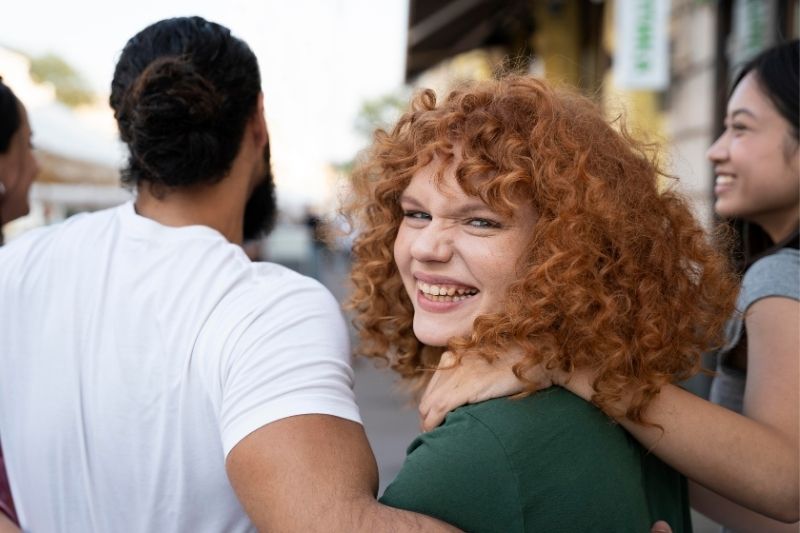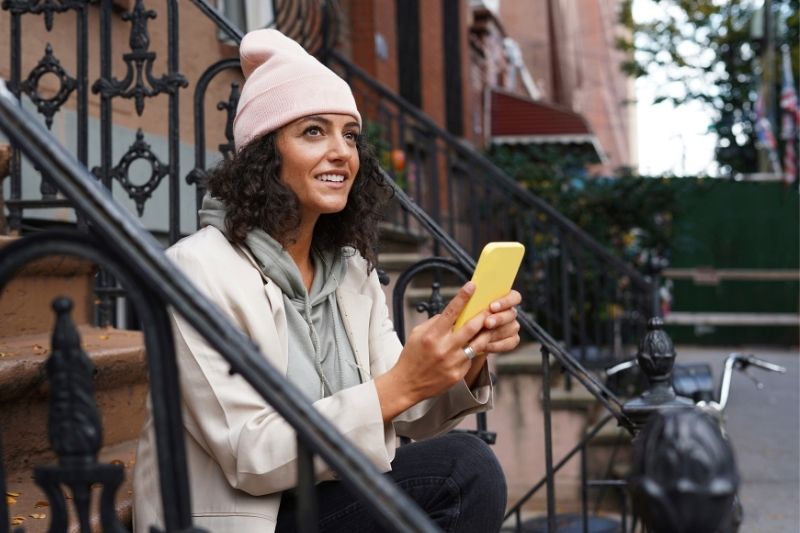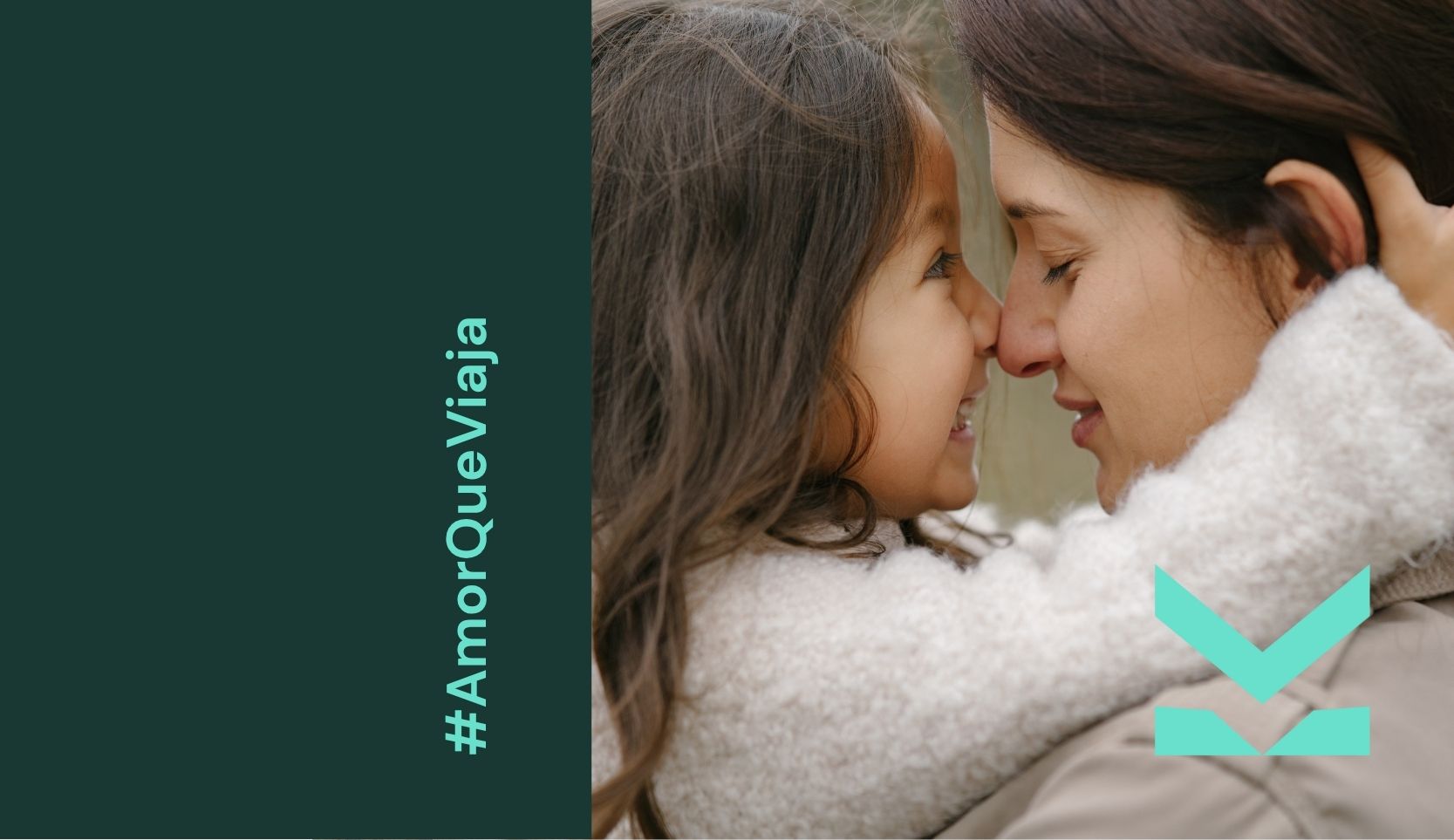Each money transfer what we do has a story behind it. It's not just a number on an app or a bank transaction: it's the way we remain present, even when we are far away. It's the way our work, effort and time crosses borders to become stability, food on the table or education for someone we love.
Today, remittances are part of the lives of millions of Latin American families. In 2024 alone, global remittances surpassed the 680 billion dollars, and a large part of them came from United States to countries such as Mexico, Colombia, Guatemala, Republic Dominican o Venezuela. In each of these deliveries there is a promise fulfilled: the promise not to stop caring, to continue to support, even from afar.
And as the world changes, so does the way we send, although the essentials remain the same: we want what we send to arrive complete, clear and on time..
The current map of remittances: a network that supports millions

“Since we started sending, we understood that it wasn't just money: it was presence, it was continuity.”
During 2024, We were part of a global network that moved historic amounts. Remittances to low and middle-income countries reached 685 billion dollars, The flow was even higher than in previous years, boosted by the efforts of millions of migrants that we continue to care for from afar.
Where do these money transfers come from?
The main source continues to be United States, from where most of the shipments to the following countries depart Latin America, the Caribbean and Asia.
In 2024, Mexico received more than 62 billion dollars, the vast majority of them coming from workers in the United States.
Also noteworthy were the flows to Central America, especially to Guatemala, Honduras and El Salvador, where remittances represent an essential part of the family economy.
And where do they go?
The top remittance-receiving countries in 2024 were:
- India, with about 129 billion dollars.
- Mexico, with more than 68 billion dollars.
- China, with about 48 billion dollars.
- Philippines, with more than 40 billion dollars.
- Egypt, with about 24 billion dollars.
At Latin America, flows to Mexico, Colombia, Dominican Republic and Guatemala set records. Behind these figures are us: those of us who transform our daily work into stability for our families.
Why does every money transfer matter so much?
Because we don't just send money: we send continuity. In many countries, the remittances account for more than 20 % of GDP, and are mainly used for housing, education and health expenses.
Each money transfer what we do strengthens entire households and economies, while at the same time weaving a network of stability between continents.
How much does it cost to ship and how efficient was 2024?
On average, sending 200 dollars in 2024 cost about 6 % of the total amount, although in the digital channels the cost dropped even to the 3,5 % in some corridors.
Shipments initiated from apps or mobile wallets were faster and cheaper than those made over the counter. Choosing the right channel made a difference: every dollar saved in fees was another dollar that went home.
In summary, 2024 was a year of growth, digitization and learning.
And in 2025, we continue with the same purpose: to make every money transfer not only get there, but get there better.
The present: how it is changing

“Before, we used to stand in line to send. Now, in less than two minutes, the money is on its way home.”
In recent years, we have seen how the money transfer was completely transformed.
We are moving from long lines and paper forms to an increasingly digital, immediate and secure system. Today, more than half of the international shipments begin in a app or mobile platform.
From the counter to the cell phone
More and more of us prefer to send from our cell phones. Not only because it is more convenient, but also because costs have gone down and speed has increased.
At 2024the digitally initiated shipments had an average cost of 4,8 %, against the 6 % or more of traditional transfers. And in some corridors, the cost per mobile wallet was even lower than that of traditional transfers. 3,5 %.
This transition also gave us something more than savings: it gave us control. Knowing exactly when the transfer arrives gives both the sender and the receiver peace of mind and confidence.
Beyond shipping
The remittance platforms not only connect accounts, but people. Today, from any city in United States, we can send to Mexico, Colombia o Venezuela and at the same time feel part of a larger network, where we all seek the same thing: that the effort arrives in full and on time.
In this new present, technology does not replace the human gesture: it amplifies it.
It allows us to care more efficiently, maintain closeness and make each shipment have more impact, without losing the original sense of what we do: to support our people with dignity and constancy.
2030: the future of money transfers

When we think about the future of money transfers, We envision more than just new platforms or tools.
We are thinking of a fairer, more transparent and accessible system, where send money as simple as deciding to care for someone, without barriers that make it more difficult or more expensive.
The real breakthrough lies not only in how the money, but in what it represents for those we send it to: stability, continuity and trust.
There is no point in making a shipment more modern if the person who receives it does not feel security or clarity. What matters is still the bond that unites the giver and the receiver.
Therefore, the challenge of the next few years will not be in technology, but in maintaining the human meaning of each transfer.
Because in the end, beyond the channel or the device, what moves us is the same as always: that what we give reaches well, that it alleviates, that it builds and sustains.
Real stability: what we are really looking for when sending money

After all that has changed, technology, apps, speed, the essential remains the same: we want what we send to be stable. We want it to arrive on time, be useful and add up.
Each money transfer We do is a way of planning: thinking about the month's rent, the children's studies, a medical emergency or something as simple as filling the pantry. And in that constancy is the true strength of those who support us from afar.
The innovation helps us do it better, with more control, lower costs and greater security, but it does not change the purpose.
The stability we seek is not only in the bottom line, but in the peace of mind of knowing that what we give arrives where it should, when it should.
At Curiara, we believe that every money transfer is a cautionary tale.
That is why we work to ensure that innovation does not remain on the screen, but translates into actual stability: faster, clearer and more humane shipments.
We are part of the same community that sends, receives and sustains. And every time we cross a shore, with a shipment, a call or a shared recipe, we continue to demonstrate the same thing: that caring is also a way of being.
